7-METHYLXANTHINE
Synonym(s):2,6-Dihydroxy-7-methylpurine;Heteroxanthine
- CAS NO.:552-62-5
- Empirical Formula: C6H6N4O2
- Molecular Weight: 166.14
- MDL number: MFCD00037979
- EINECS: 209-019-0
- SAFETY DATA SHEET (SDS)
- Update Date: 2024-11-19 23:02:33
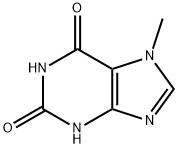
What is 7-METHYLXANTHINE?
Chemical properties
Grey Solid
The Uses of 7-METHYLXANTHINE
7-Methylxanthine can be used as a building block to synthesize tricyclic imidazo[2,1-i]purinone derivatives as potential adenosine receptor antagonists.
The Uses of 7-METHYLXANTHINE
Metabolite of Theophylline and Caffeine.
What are the applications of Application
7-Methylxanthine is a metabolite of theophylline and caffeine
Definition
ChEBI: An oxopurine that is xanthine in which the hydrogen attached to the nitrogen at position 7 is replaced by a methyl group. It is an intermediate metabolite in the synthesis of caffeine.
General Description
7-Methylxanthine is an oxopurine, which belongs to the class of xanthines. It may be synthesized by the reaction between 4-amino-1-methylimidazole-5-carboxamide and diethyl carbonate.
Purification Methods
Crystallise it from water. [Beilstein 26 II 263, 26 III/IV 2330.]
Properties of 7-METHYLXANTHINE
| Melting point: | ≥300 °C |
| Density | 1.83±0.1 g/cm3(Predicted) |
| storage temp. | 2-8°C |
| solubility | DMSO (Slightly, Heated), Methanol (Slightly, Heated) |
| form | Solid |
| pka | pK1:8.33;pK2:ca;pK3:13 (25°C) |
| color | Light Brown to Light Grey |
| Water Solubility | Soluble in dimethyl sulfoxide. Insoluble in water. |
| BRN | 171027 |
Safety information for 7-METHYLXANTHINE
Computed Descriptors for 7-METHYLXANTHINE
7-METHYLXANTHINE manufacturer
New Products
(S)-3-Aminobutanenitrile hydrochloride 4-Methylphenylacetic acid N-Boc-D-alaninol N-BOC-D/L-ALANINOL Tert-butyl bis(2-chloroethyl)carbamate 3-Morpholino-1-(4-nitrophenyl)-5,6-dihydropyridin- 2(1H)-one Furan-2,5-Dicarboxylic Acid Tropic acid 1-Bromo-3,5-Di-Tert-Butylbenzene S-2-CHLORO PROPIONIC ACID ETHYL ISOCYANOACETATE 2-Bromo-1,3-Bis(Dimethylamino)Trimethinium Hexafluorophosphate 4-IODO BENZOIC ACID 3-NITRO-2-METHYL ANILINE 1-(2,4-DICHLOROPHENYL) ETHANAMINE (2-Hydroxyphenyl)acetonitrile 4-Bromopyrazole 2-(Cyanocyclohexyl)acetic acid 4-methoxy-3,5-dinitropyridine 1-(4-(aminomethyl)benzyl)urea hydrochloride 2-aminopropyl benzoate hydrochloride diethyl 2-(2-((tertbutoxycarbonyl)amino) ethyl)malonate tert-butyl 4- (ureidomethyl)benzylcarbamate Ethyl-2-chloro((4-methoxyphenyl)hydrazono)acetateRelated products of tetrahydrofuran
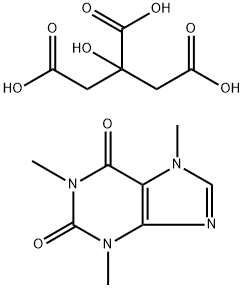
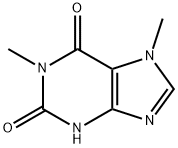
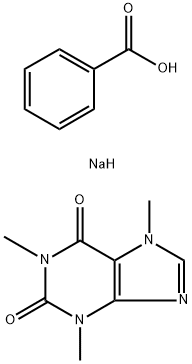



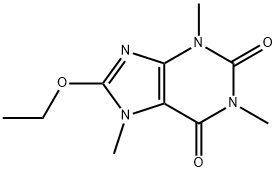
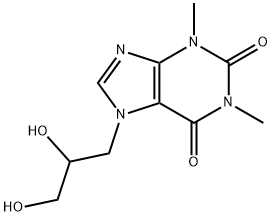
You may like
-
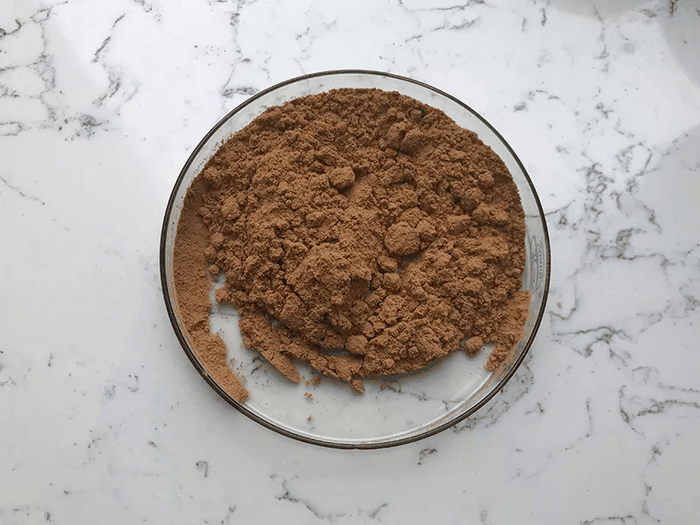 552-62-5 7-Methylxanthine 98%View Details
552-62-5 7-Methylxanthine 98%View Details
552-62-5 -
 2033-24-1 98%View Details
2033-24-1 98%View Details
2033-24-1 -
 1975-50-4 98%View Details
1975-50-4 98%View Details
1975-50-4 -
 2-HYDROXY BENZYL ALCOHOL 98%View Details
2-HYDROXY BENZYL ALCOHOL 98%View Details
90-01-7 -
 2-Chloro-1,3-Bis(Dimethylamino)Trimethinium Hexafluorophosphate 221615-75-4 98%View Details
2-Chloro-1,3-Bis(Dimethylamino)Trimethinium Hexafluorophosphate 221615-75-4 98%View Details
221615-75-4 -
 61397-56-6 CIS BROMO BENZOATE 98%View Details
61397-56-6 CIS BROMO BENZOATE 98%View Details
61397-56-6 -
 14714-50-2 (2-Hydroxyphenyl)acetonitrile 98+View Details
14714-50-2 (2-Hydroxyphenyl)acetonitrile 98+View Details
14714-50-2 -
 118753-70-1 98+View Details
118753-70-1 98+View Details
118753-70-1
Statement: All products displayed on this website are only used for non medical purposes such as industrial applications or scientific research, and cannot be used for clinical diagnosis or treatment of humans or animals. They are not medicinal or edible.